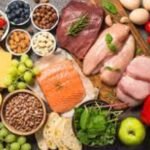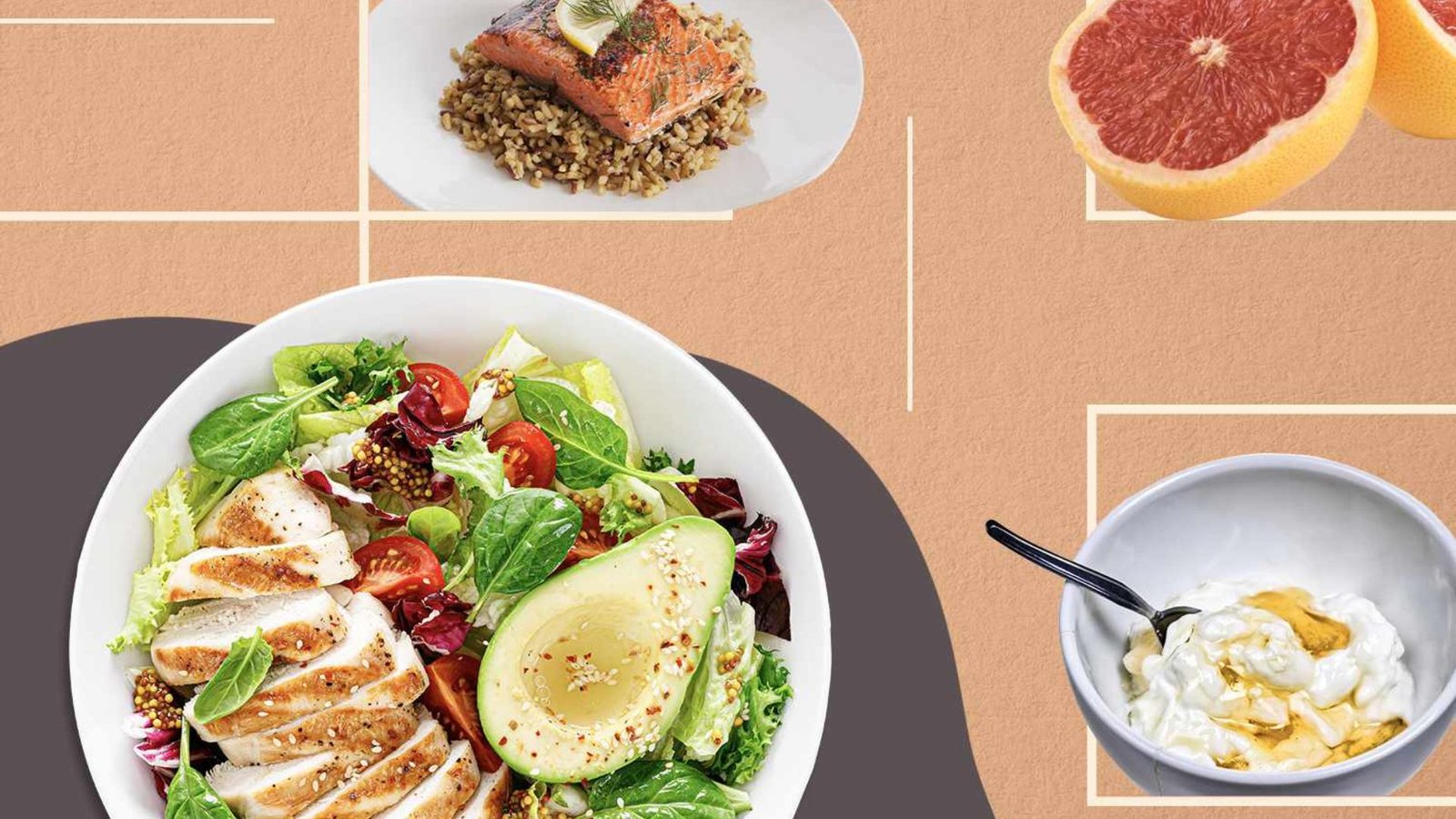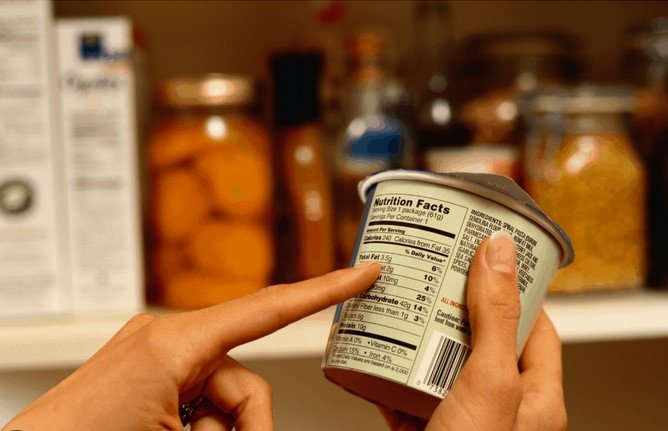Navigating the grocery store can be tricky, especially when you’re surrounded by food packages plastered with bold claims like “low-fat,” “sugar-free,” or “high protein.” But the real truth about a product lies in its nutrition label.
Understanding how to read nutrition labels helps you make informed, healthier choices that align with your diet and lifestyle. In this guide, we’ll break down each part of a nutrition label and explain what to look for.
1. Start with the Serving Size
The serving size is one of the most critical parts of a nutrition label. It tells you how much of the food is considered one portion.
- Why it matters: All the nutrition facts listed (calories, fats, sugars, etc.) are based on this serving size.
- Tip: If you eat double the serving size, you’re consuming double the calories, fats, and other nutrients.
Example: If a label says the serving size is 1 cup and you eat 2 cups, you need to double all the listed values.
2. Check the Calories
Calories measure the energy you get from food.
- Why it matters: Knowing calories helps you manage your daily energy intake, which is key for weight management.
- General guide:
- Low-calorie: 40 calories per serving
- Moderate-calorie: 100 calories per serving
- High-calorie: 400+ calories per serving
Tip: Compare similar products to find lower-calorie options without sacrificing nutrition.
3. Look at the Macronutrients
Macronutrients include fats, carbohydrates, and proteins. Here’s how to assess each:
Fats
- Check the total fat and its breakdown into saturated fat and trans fat.
- Healthy fats (unsaturated fats): Found in avocados, nuts, and fish.
- Unhealthy fats (saturated and trans fats): Linked to heart disease when consumed in excess.
- Daily value tip: Aim for less than 10% of your daily calories from saturated fats. Avoid trans fats altogether.
Carbohydrates
- Focus on fiber and added sugars:
- Dietary fiber: Promotes digestion and keeps you full. Look for products with 3–5g of fiber per serving.
- Added sugars: Excess sugar increases the risk of obesity and diabetes.
- Daily limit: Keep added sugars below 10% of your daily calorie intake.

Proteins
- Proteins are essential for muscle repair, energy, and hormone function.
- Tip: Choose protein-rich foods like lean meats, legumes, dairy, nuts, and seeds.
4. Decode % Daily Value (%DV)
The % Daily Value (%DV) tells you how much of each nutrient a serving provides based on a 2,000-calorie diet.
- Low %DV: 5% or less (good for things like saturated fat or sodium).
- High %DV: 20% or more (great for nutrients like fiber, vitamins, and minerals).
Example:
- 25% DV of fiber means the food gives you 25% of your daily fiber needs.
- 2% DV of sodium means it’s a low-sodium food.
5. Spot Hidden Sugars
Many processed foods are loaded with added sugars, which may appear under various names like:
- High-fructose corn syrup
- Cane sugar
- Honey
- Agave nectar
- Molasses
Tip: Always check the “Total Sugars” and “Added Sugars” on the label. Choose products with less added sugar to improve your overall health.
6. Watch the Sodium Content
High sodium intake can lead to high blood pressure and heart issues.
- Daily limit: Aim for less than 2,300 mg of sodium per day (about 1 teaspoon of salt).
- Tip: Look for foods with “low sodium” (140 mg or less per serving) or “no salt added.”
7. Pay Attention to Vitamins and Minerals
Nutrition labels highlight key vitamins and minerals like Vitamin D, Calcium, Iron, and Potassium.
- Why it matters:
- Calcium and Vitamin D are vital for bone health.
- Iron helps transport oxygen through your body.
- Potassium supports heart and muscle function.
- Tip: Look for foods that provide at least 10–20% DV of these nutrients per serving.
8. Ingredients List: The Hidden Truth
The ingredients list reveals what’s truly in your food. Ingredients are listed in order of quantity, from highest to lowest.
- What to watch for:
- Avoid artificial additives, hydrogenated oils, and preservatives.
- Look for whole-food ingredients you recognize (e.g., “oats,” “almonds,” “honey”).
- Tip: The shorter the ingredients list, the better.
9. Claims on the Front of the Package
Phrases like “low-fat,” “organic,” or “all-natural” can be misleading. Here’s what they really mean:
- Low-fat: Contains less than 3g of fat per serving but may have added sugar.
- Sugar-free: Less than 0.5g of sugar per serving but could include artificial sweeteners.
- Organic: Made without synthetic pesticides or chemicals (but still check the label for sugar and sodium).
Quick Tips for Smart Label Reading
- Focus on fiber: Choose foods with 3g or more of fiber per serving.
- Limit added sugars: Less than 10g per serving is ideal.
- Watch sodium: Stay under 140mg for low-sodium options.
- Mind serving sizes: Check how much you’re really eating.
- Prioritize whole foods: The fewer processed ingredients, the better.
Conclusion
Reading nutrition labels doesn’t have to be complicated. By understanding serving sizes, calories, and key nutrients, you can take control of your health and make more informed food choices.
Start small: Next time you shop, compare labels to choose products with more fiber, fewer added sugars, and less sodium. Over time, label reading will become second nature!











